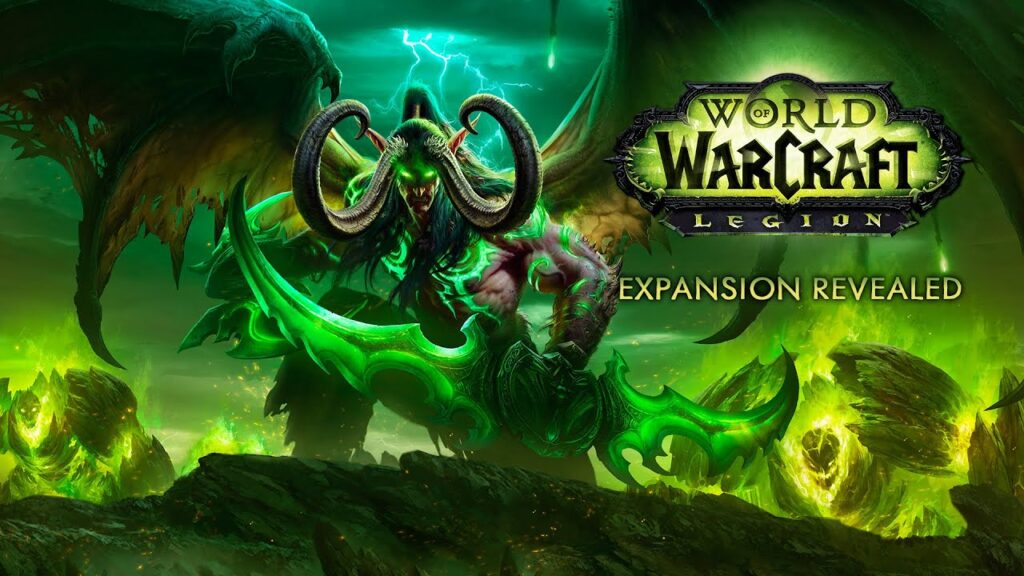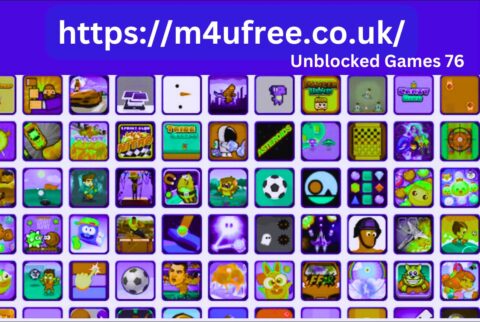World of Warcraft: Legion stands as one of the most celebrated expansions in the long-running history of Blizzard Entertainment’s iconic MMORPG. Released on August 30, 2016, World of Warcraft: Legion marked the sixth expansion for World of Warcraft and was widely praised for its compelling storyline, refined gameplay mechanics, and substantial improvements over previous expansions. In this 1200-word article, we’ll explore what made World of Warcraft: Legion a pivotal moment for the franchise, analyzing its features, lore, innovations, and lasting impact on the community.
The Return of the Burning Legion
At the heart of World of Warcraft: Legion lies the return of the dreaded Burning Legion, a demonic army determined to annihilate Azeroth. This expansion reintroduced one of the most iconic threats in the Warcraft universe, elevating the stakes for both Horde and Alliance players.
The expansion kicks off with an intense prologue event at the Broken Shore, where major lore characters—such as King Varian Wrynn and Vol’jin—meet their fate. This emotional opening set a darker, more serious tone, engaging players from the outset. The storyline follows players as they unite with ancient orders, uncover long-lost relics, and prepare to combat an all-consuming threat.
Introduction of the Demon Hunter Class
One of the most notable features introduced in World of Warcraft: Legion was the Demon Hunter class. Inspired by the iconic character Illidan Stormrage, Demon Hunters brought a fast-paced, highly mobile playstyle to the game.
Available only to Night Elves and Blood Elves, and limited to two specializations—Havoc (DPS) and Vengeance (Tank)—Demon Hunters offered a fresh experience for players. With abilities like double-jumping, gliding, and spectral sight, they brought dynamic mobility and combat tactics previously unseen in World of Warcraft.
The starting zone for Demon Hunters, the Mardum storyline, provided deep lore and context, showcasing Illidan’s war against the Legion and setting up their unique role in the expansion.
Artifact Weapons – A New Progression System
Another groundbreaking addition in World of Warcraft: Legion was the introduction of Artifact Weapons. Each class specialization was given a unique, powerful weapon tied to Warcraft lore—such as the Ashbringer for Retribution Paladins and Doomhammer for Enhancement Shamans.
Artifact Weapons replaced traditional weapon drops and came with a progression tree. Players earned Artifact Power by completing content across the Broken Isles, using it to unlock new traits and abilities. This system provided a deep layer of customization and class identity, encouraging players to invest time into mastering their spec and weapon.
While some players critiqued the grind for Artifact Power, many appreciated the lore-rich nature and gameplay relevance of these legendary weapons.
The Broken Isles – A Vast New Continent
World of Warcraft: Legion introduced the Broken Isles, a diverse continent consisting of six zones: Azsuna, Val’sharah, Highmountain, Stormheim, Suramar, and the Broken Shore. Each zone featured unique terrain, storylines, and factions.
What made the Broken Isles stand out was the use of level scaling—a first for World of Warcraft. This innovation allowed players to tackle the zones in any order, ensuring a more personalized leveling experience. No matter which path you chose, the enemies and quests scaled to your level, providing a consistent challenge and flow.
Suramar, in particular, received critical acclaim. Unlike traditional leveling zones, Suramar was a max-level area featuring an elaborate questline about the Nightfallen, an exiled faction fighting against the tyrannical Nightborne. The city of Suramar itself was one of the most detailed and immersive environments Blizzard had ever created.
Class Halls and the Return of Class Identity
To further enhance immersion, World of Warcraft: Legion replaced the Warlords of Draenor garrison system with Class Order Halls. These were unique sanctuaries for each class, from the icy halls of the Death Knights in Acherus to the druidic realm of the Dreamgrove.
Class Halls served as mission hubs, allowed for artifact weapon upgrades, and were central to the campaign. Each class had its own Order Hall storyline, reinforcing class identity and offering distinct narrative experiences.
This system brought a much-needed revival of class fantasy, something that many players had missed in prior expansions. It also promoted roleplaying and thematic consistency, as each class banded together to fight the Burning Legion on their own terms.
Legion Dungeons and Raids
World of Warcraft: Legion launched with a strong lineup of dungeons, including Eye of Azshara, Black Rook Hold, and Halls of Valor. These dungeons were not only visually stunning but also introduced new mechanics that required coordination and strategy.
The expansion also brought the widely popular Mythic+ system—a scalable challenge mode for dungeons. With increasing difficulty levels and weekly affixes, Mythic+ dungeons added limitless replay value and became a cornerstone of endgame PvE content.
In terms of raids, World of Warcraft: Legion featured several memorable tiers:
- The Emerald Nightmare, where players ventured into the corrupted Emerald Dream.
- Trial of Valor, exploring the halls of Odyn and Helheim.
- The Nighthold, the massive raid culminating in a battle against Grand Magistrix Elisande and Gul’dan.
- Tomb of Sargeras, featuring the defeat of Kil’jaeden.
- Antorus, the Burning Throne, the final raid that brought the fight to Argus and ended with the epic battle against Argus the Unmaker.
These raids not only delivered challenging encounters but also deepened the overarching storyline.
PvP and Quality-of-Life Improvements
PvP in World of Warcraft: Legion saw significant revisions. The Honor system was reworked into a prestige model, offering talent-like choices for PvP combat and allowing players to earn cosmetic rewards like mounts and appearances through progression.
On the quality-of-life side, World of Warcraft: Legion introduced numerous improvements:
- A more user-friendly interface for managing quests and world objectives.
- The return of world bosses and dynamic world quests, which encouraged players to explore and engage with other factions.
- The Invasion system, where Legion forces would attack zones across the Broken Isles, offering group events and rewards.
These enhancements contributed to a more vibrant, cooperative player experience.
Reception and Legacy
Upon release, World of Warcraft: Legion received overwhelmingly positive reviews. Critics praised the expansion for reinvigorating the game, addressing long-standing concerns, and delivering one of the most engaging narratives in World of Warcraft history.
Player retention was notably higher compared to previous expansions. Many long-time fans who had taken breaks from the game returned to experience the richness of World of Warcraft: Legion. It was seen as a redemption arc following the less warmly received Warlords of Draenor.
Even years later, World of Warcraft: Legion remains a fan-favorite. Features like Mythic+ dungeons, world scaling, and the emphasis on class identity left a lasting mark and shaped the direction of future expansions.
Conclusion
World of Warcraft: Legion is a masterclass in expansion design, striking a powerful balance between innovation and nostalgia. From the introduction of the Demon Hunter class and Artifact Weapons to the grandeur of the Broken Isles and the emotionally charged narrative, every aspect of World of Warcraft: Legion contributed to its critical and commercial success.
For many players, World of Warcraft: Legion wasn’t just another expansion—it was a return to form, a celebration of what made the game magical in the first place. Whether you were a hardened raider, a casual explorer, or a lore enthusiast, World of Warcraft: Legion offered something unforgettable for everyone.
As the world of Azeroth continues to evolve, World of Warcraft: Legion stands tall as a defining chapter in the game’s legendary history.Tools







